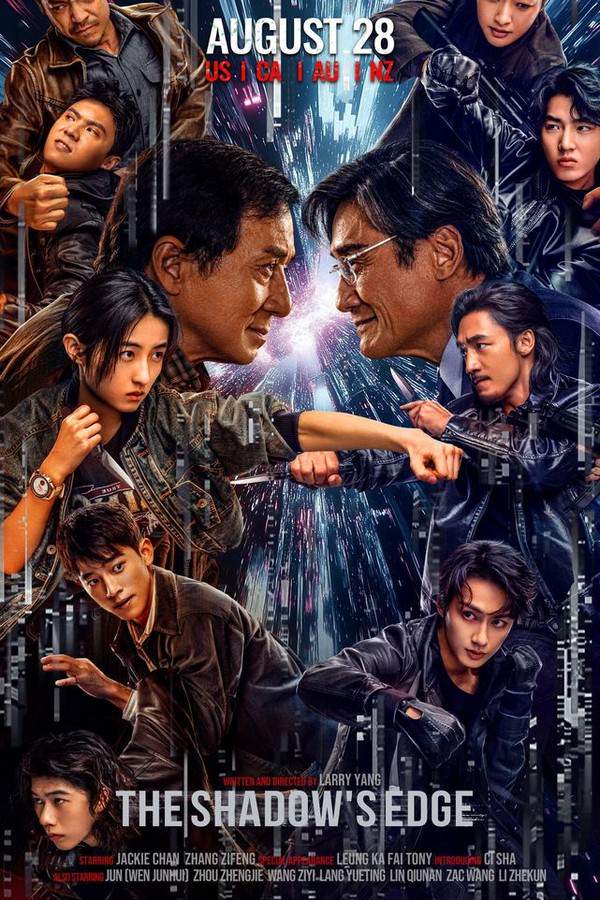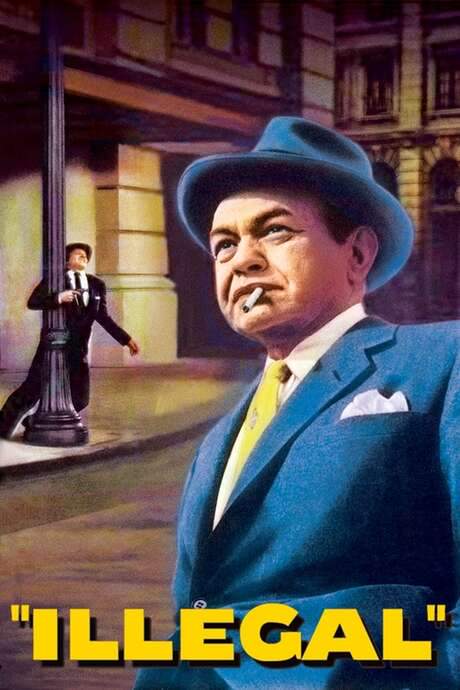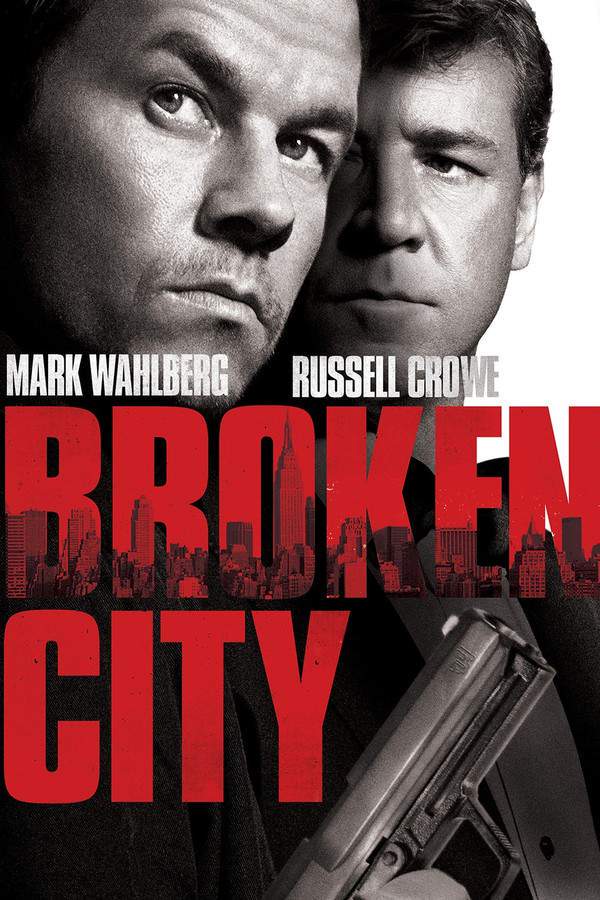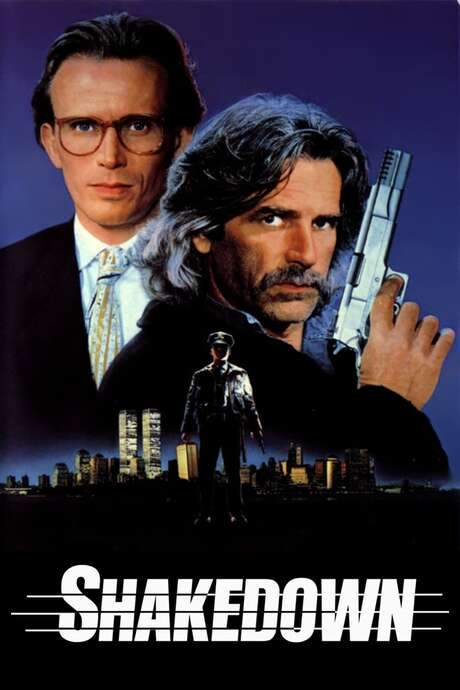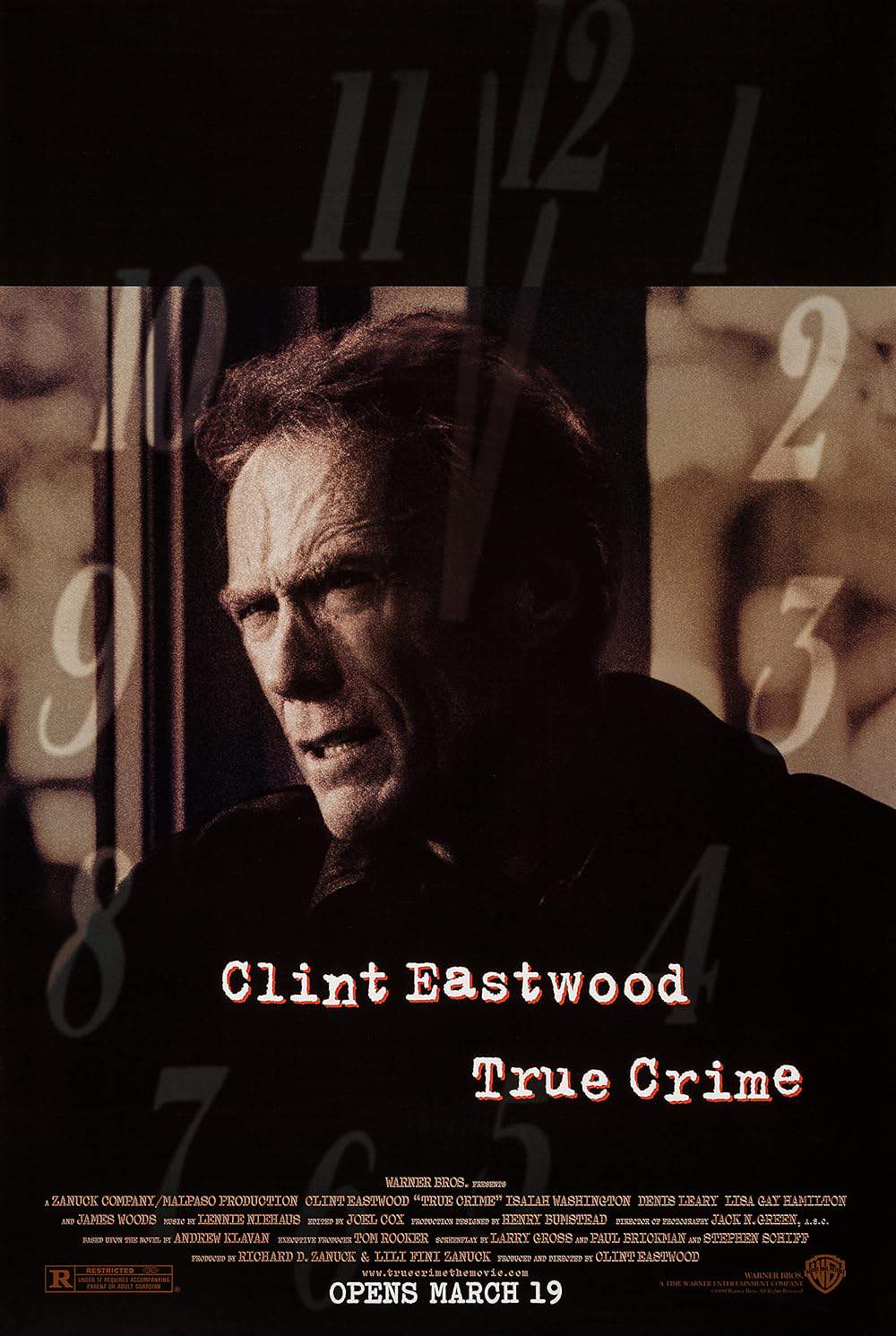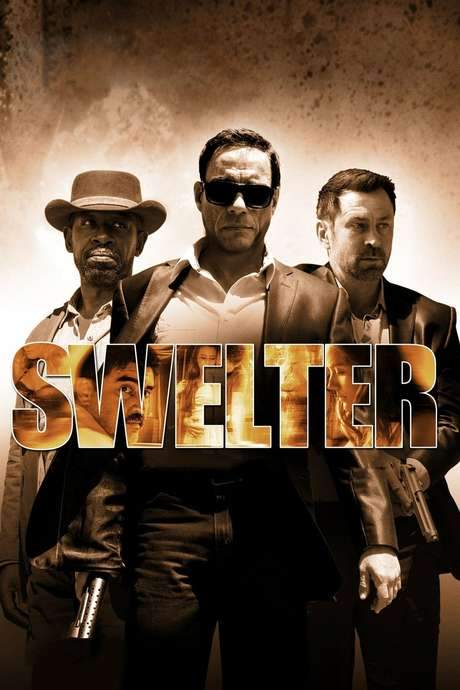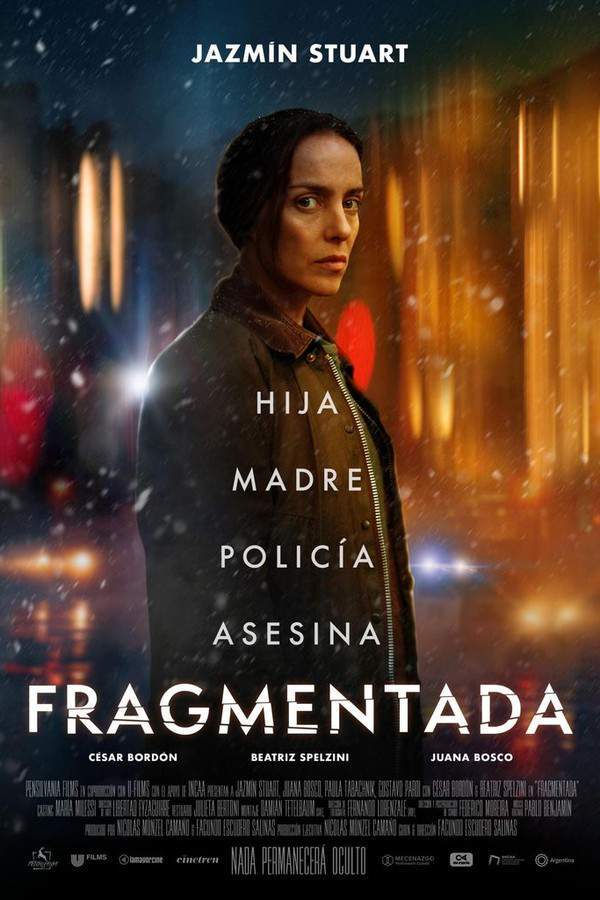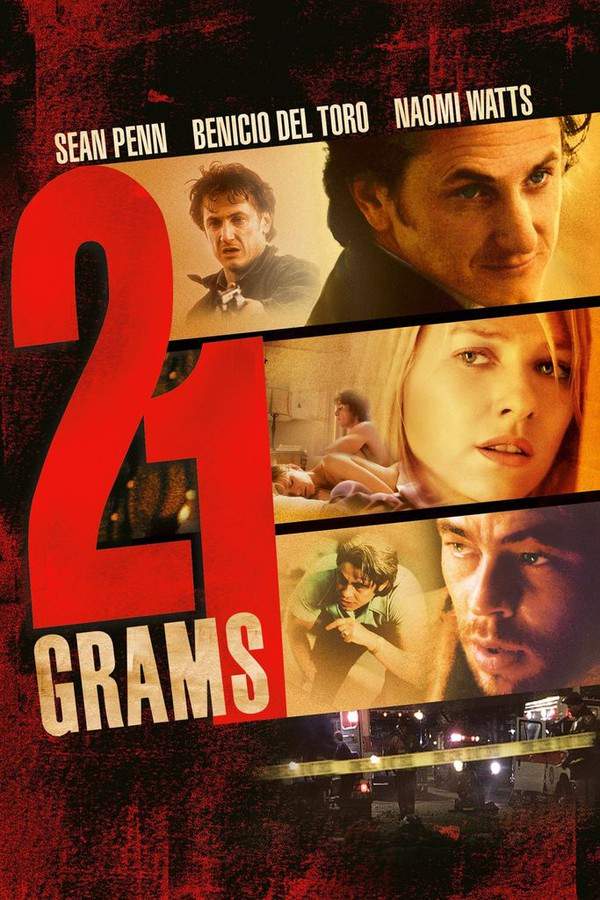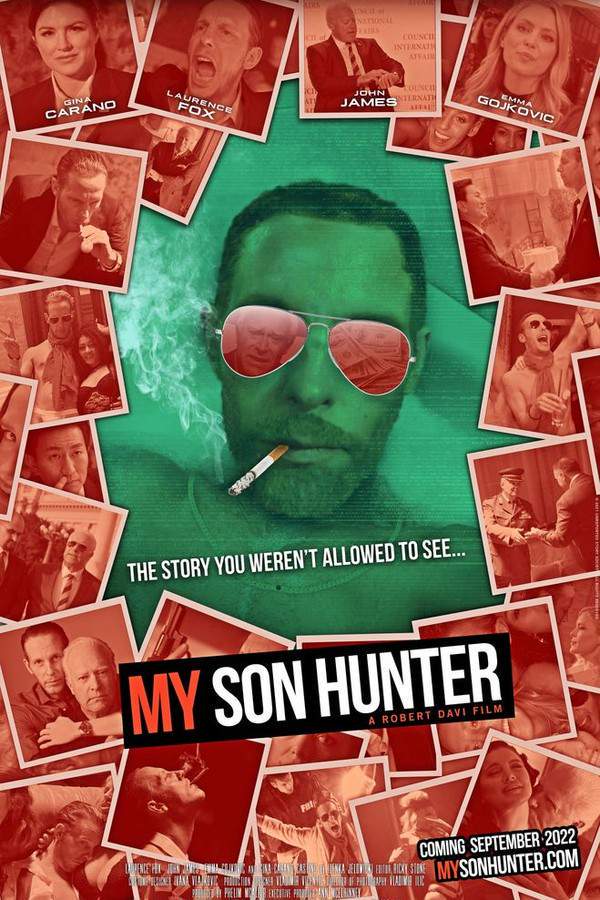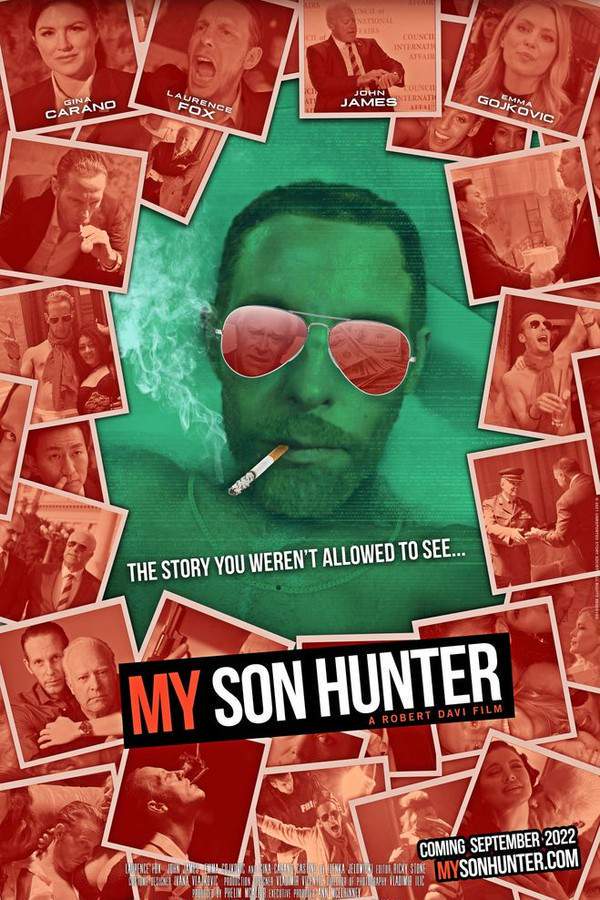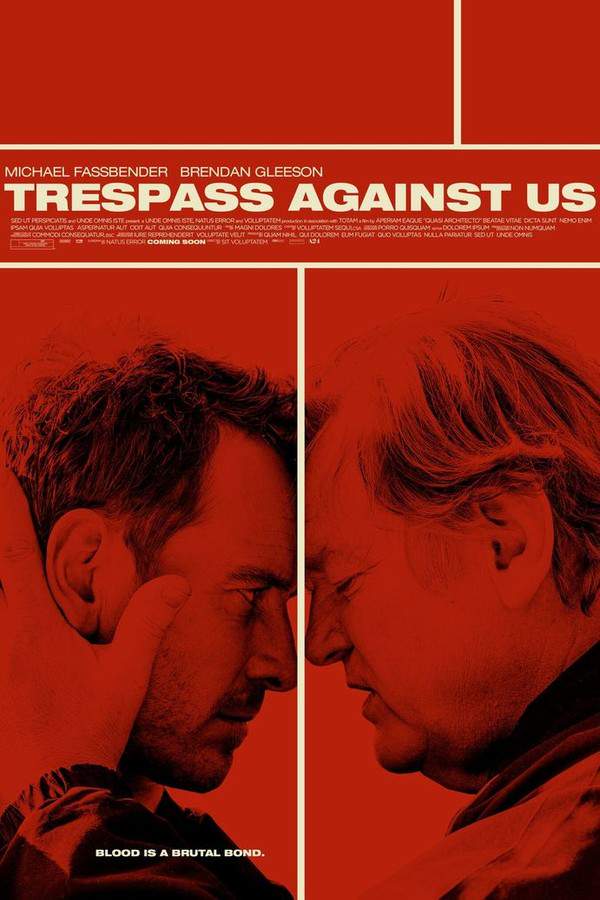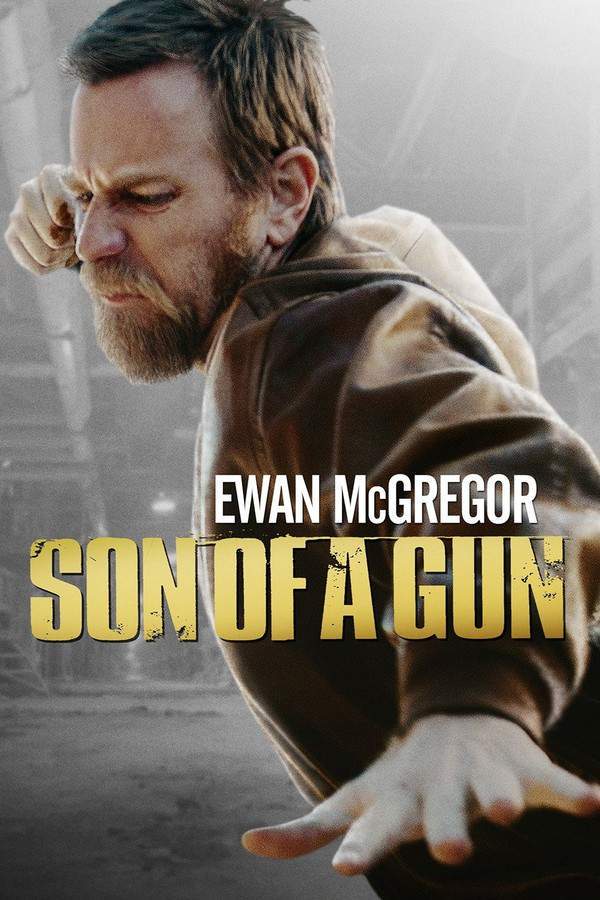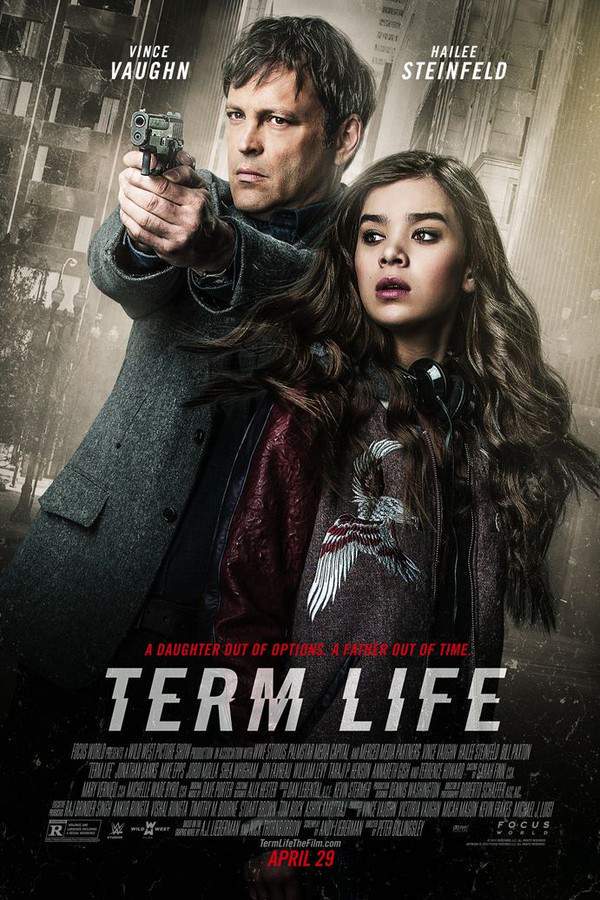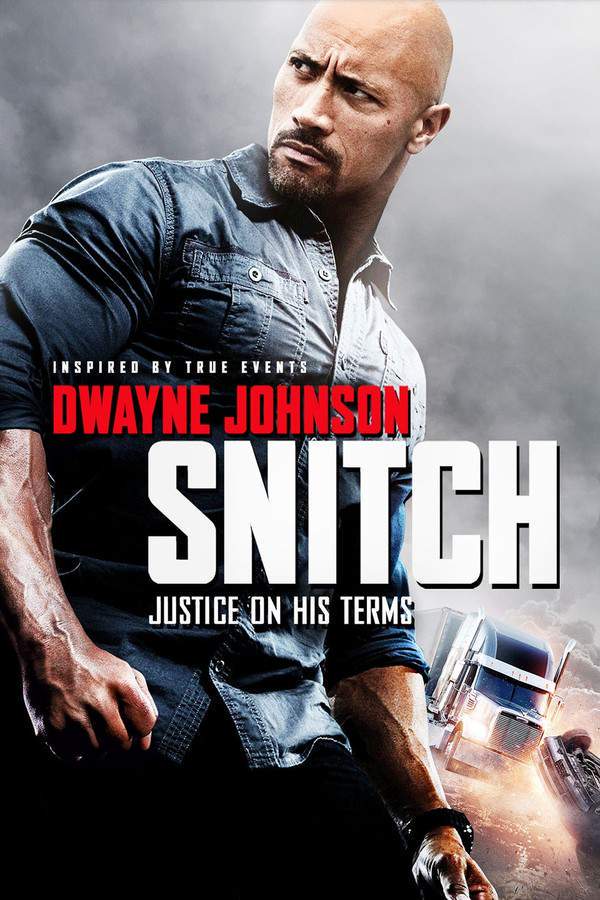
Grom: Boyhood
Year: 2022
Runtime: 80 mins
Language: Russian
Director: Oleg Trofim
Set in 1990s St. Petersburg, police major Konstantin Grom is tasked with tracking down a rising crime lord known only as Anubis. Meanwhile, his ten‑year‑old son Igor seeks to make money, dragging himself into risky, shady schemes that pull him into the city’s underworld.
Warning: spoilers below!
Haven’t seen Grom: Boyhood yet? This summary contains major spoilers. Bookmark the page, watch the movie, and come back for the full breakdown. If you're ready, scroll on and relive the story!
Grom: Boyhood (2022) – Full Plot Summary & Ending Explained
Read the complete plot breakdown of Grom: Boyhood (2022), including all key story events, major twists, and the ending explained in detail. Discover what really happened—and what it all means.
In an alternate 1990s version of St. Petersburg, set about twenty years before Major Grom: Plague Doctor, the story unfolds through a memory-rich lens that blends crime, loyalty, and the murky lines between justice and vengeance. A flashforward grips the viewer: the twelve-year-old Igor Grom, Kai Aleks Getts, staggers home bloodied, and the narration begins to recount a decade and a half of perilous days in a city where crime and power tango in the shadows.
The early chapters center on Igor’s father, Konstantin Grom, and their world of hard-edged police work. Konstantin, a seasoned detective, and his partner Fyodor Prokopenko interrogate the lone surviving gangster from a brutal ambush launched by Anubis, the film’s enigmatic villainous force. The suspect resists talking, and Konstantin’s brutal fine line between intimidation and coercion becomes clear, even drawing Fyodor into the moment with a rare show of restraint. The gangster’s silence is tied to a drug that dulls memory and judgment, suggesting a larger web of influence that stretches beyond a single crime.
When Konstantin brings the case to Elena Khmurova, the city’s police chief, the tension widens. Elena, a figure of formal authority, urges him to drop the Anubis investigation and instead devote his attention to his own fractured relationship with his son. The internal tension between duty and family becomes a recurring theme, underscoring how the city’s darkest rumors can carve gaps in even the strongest bonds. Elena’s stance sets the stage for a clash between institutional power and the hidden machinations of the criminal underworld.
Beyond the interrogation room, the story broadens to include Igor’s friendships and the pressures of growing up in a city where danger often arrives with the day’s news. Igor’s friend Ignat and the determined journalist Aleksey Prischurov—Aleksey Prischurov—guide the boys toward a stingier path to money: uncover dirt on the city’s elite, the powerful people rumored to be allied with Anubis. The operation pays off in a tense sequence during a midnight gathering where Konstantin and Smirnov infiltrate undercover, and Prischurov entrusts the kids with a video camera to document what unfolds. The moment Igor recognizes a Zealot of Anubis by a handmark becomes a chilling clue that binds his family to the conspiracy in ways he could never have imagined.
As the night erupts into gunfire, the stain of betrayal and the cost of ambition come into sharp relief. Konstantin fights to protect what he believes is right, but the war he is fighting is fought on a ground that cannot be won with bravado alone. Elena Khmurova reveals herself as the architect of many killings, a ruthless figure who orchestrates a deadly tableaux through a drug-fueled illusion that masks a harsher truth. The confrontation spirals into a brutal sequence in which Smirnov shoots Elena, and Konstantin, cornered and out of ammunition, makes a fateful move that ends with his own death and Igor’s sense of culpability sealing itself into his memory. The film foreshadows the weight of legacy and the consequences that ripple across a lifetime.
Years pass, and the story shifts to adulthood through Igor’s eyes. Now living with his girlfriend Yuliya Pchyolkina, Lyubov Aksyonova, the once-bright boy has become a man haunted by the past. A dream of his father offers a fragile moment of forgiveness and a gentle push toward moving on. The diary he keeps—tucked with tickets to Disneyland and a photograph of his father—reappears as a tangible link to a hopeful future, even as the memory of that fateful night continues to cast a long shadow over Igor’s choices. The invitation to Disneyland, a symbol of shared possibility, becomes a quiet beacon: perhaps some wounds heal with time, companionship, and the willingness to look forward.
The film further adds a layer of clinical distance through the closing scene, which returns to a different kind of confrontation. In a therapeutic setting, Dr. Veniamin Rubinstein, Konstantin Khabenskiy, attempts to coax a hidden subpersonality from Sergei Razumovskiy, a figure who emerges and speaks in a different color of consciousness. Razumovskiy’s eyes shift, the subpersonality growing more defined, and Rubinstein records the progress with clinical curiosity. As Razumovskiy asserts the subpersonality’s intent and readiness to act, the scene hints at a future of inner conflict that mirrors the external battles fought in Igor’s youth, a reminder that danger and trauma can reside inside as much as outside the body.
Filled with brisk period details, tense chases through a city rebuilding after chaos, and a central question about what a family owes to itself and to the people it protects, the film keeps a careful moral balance. It never shies away from the gravity of Konstantin’s decisions, the ethical costs of Prischurov’s methods, or the stubborn hope that the next generation might do better than the last. The characters’ arcs—Igor’s grappling with guilt and responsibility, Elena Khmurova’s unmasking, Smirnov’s ruthless pragmatism, and the older generation’s fallibility—cohere into a portrait of a city that survives by facing its own shadows with a mixture of courage, cunning, and, sometimes, tragedy.
In the end, the story remains anchored by human connections rather than pure investigative triumph. Igor’s relationship with Yuliya becomes the living proof that, even after violence and loss, there is room for tenderness and for choosing a different path. Disneyland tickets and a shared dream of a brighter day stand as a quiet counterpoint to the violence that opened Igor’s life, suggesting that forgiveness and forward movement are possible, even when the past refuses to stay buried. The film closes on a note of cautious hope, even as its final medical-session tableau implies that the struggle with inner darkness is far from over.
Note: For cast details, references to the following actors appear in the first mention of their related characters: Igor Grom Kai Aleks Getts, Yuliya Pchyolkina Lyubov Aksyonova, Konstantin Grom Sergey Marin, Elena Khmurova Irina Rozanova, Yuri Smirnov Daniil Vorobyov, Aleksey Prischurov Oleg Yagodin, Dr. Veniamin Rubinstein Konstantin Khabenskiy, Sergei Razumovskiy Sergey Goroshko.
Last Updated: October 01, 2025 at 10:23
Explore Movie Threads
Discover curated groups of movies connected by mood, themes, and story style. Browse collections built around emotion, atmosphere, and narrative focus to easily find films that match what you feel like watching right now.
Bittersweet legacy crime stories like Grom: Boyhood
Characters shaped by the moral decay and haunting legacy of crime.If you liked the gritty criminal underworld and poignant personal legacy in Grom: Boyhood, explore these movies. This selection features tense crime sagas set in decaying cities, where characters grapple with the heavy emotional weight of betrayal, moral ambiguity, and the haunting consequences of a life of crime.
Narrative Summary
Narratives in this thread often follow dual arcs: a high-stakes, present-day criminal investigation or conflict intertwines with a more personal, coming-of-age story. The past constantly intrudes on the present, forcing characters to confront a legacy they may not have chosen. The endings are typically bittersweet, offering a glimmer of hope or resolution but underscored by permanent loss and psychological scars.
Why These Movies?
Movies are grouped here for their shared atmosphere of urban decay, their focus on the intergenerational impact of crime, and their emotionally heavy tone that balances tense action with melancholic reflection. They deliver a consistent experience of moral complexity and bittersweet resolution.
Father-son crime dramas with high stakes like Grom: Boyhood
Dangerous professions strain familial relationships, forcing difficult choices.For viewers who enjoyed the tense father-son dynamic in Grom: Boyhood, this collection features movies where family bonds are tested by the criminal underworld. Discover similar stories of police work, moral compromise, and the emotional weight of a father's legacy on his child, all set within suspenseful and gritty narratives.
Narrative Summary
These narratives typically build tension from the conflict between a father's dangerous profession and his duty to protect his family. The son's journey is often a coming-of-age story forced by circumstances, involving risk, shady schemes, and a loss of innocence. The plot is driven by external threats that directly challenge the family unit, leading to sacrifices and a redefinition of their relationship, often with a bittersweet or heavy conclusion.
Why These Movies?
This thread groups films that share a core focus on the father-son relationship within a high-stakes crime framework. The similarity stems from the consistent tone of tension, the theme of a child being endangered by or involved in the parent's world, and the exploration of how duty and danger impact familial love.
Unlock the Full Story of Grom: Boyhood
Don't stop at just watching — explore Grom: Boyhood in full detail. From the complete plot summary and scene-by-scene timeline to character breakdowns, thematic analysis, and a deep dive into the ending — every page helps you truly understand what Grom: Boyhood is all about. Plus, discover what's next after the movie.
Grom: Boyhood Timeline
Track the full timeline of Grom: Boyhood with every major event arranged chronologically. Perfect for decoding non-linear storytelling, flashbacks, or parallel narratives with a clear scene-by-scene breakdown.

Characters, Settings & Themes in Grom: Boyhood
Discover the characters, locations, and core themes that shape Grom: Boyhood. Get insights into symbolic elements, setting significance, and deeper narrative meaning — ideal for thematic analysis and movie breakdowns.

Grom: Boyhood Spoiler-Free Summary
Get a quick, spoiler-free overview of Grom: Boyhood that covers the main plot points and key details without revealing any major twists or spoilers. Perfect for those who want to know what to expect before diving in.

More About Grom: Boyhood
Visit What's After the Movie to explore more about Grom: Boyhood: box office results, cast and crew info, production details, post-credit scenes, and external links — all in one place for movie fans and researchers.



